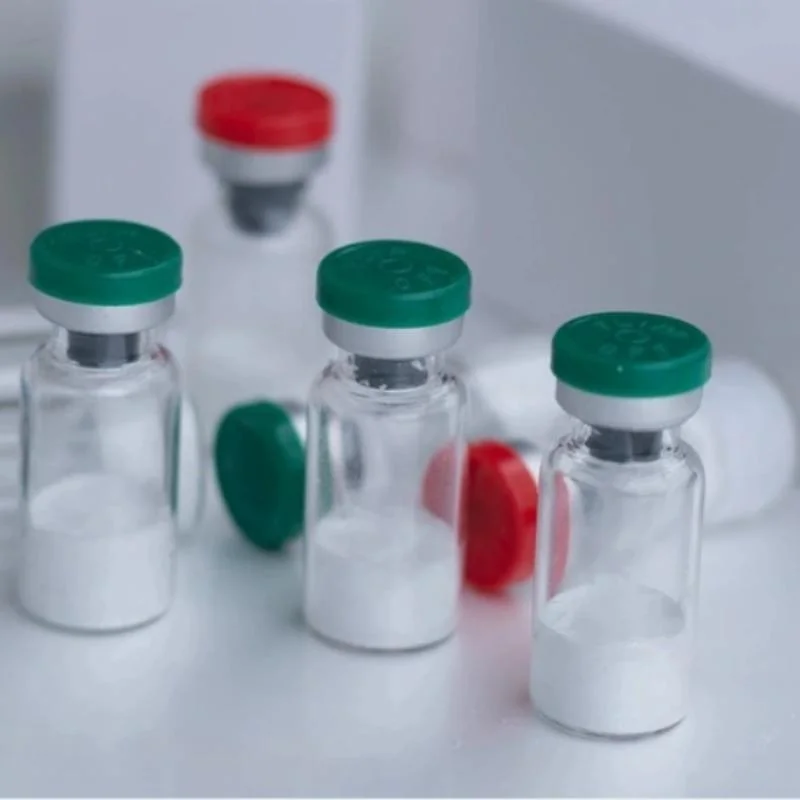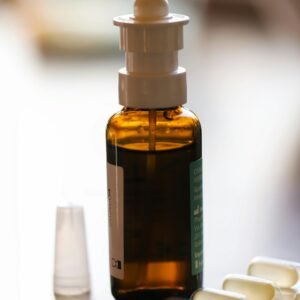Epitalon (also known as Epithalamin or Ala-Glu-Asp-Gly) is a synthetic tetrapeptide with the amino acid sequence.
It is a synthetic version of the naturally occurring peptide Epithalamin, which is secreted by the pineal gland. Epitalon was developed by the Russian scientist Vladimir Khavinson and has been studied primarily in Russia for its geroprotective (anti-aging) effects.
Mechanistically, Epitalon is believed to:
-
Stimulate telomerase activity, promoting telomere elongation in somatic cells
-
Enhance melatonin production and normalize circadian rhythms
-
Modulate gene expression and epigenetic stability
Benefits of Epitalon:
While more human research is needed, especially outside of Russian studies, existing data (mostly animal models and small human trials) suggest several potential benefits:
1. Telomere Preservation and Cellular Longevity
-
Epitalon has been shown to activate telomerase, which helps maintain telomere length in somatic cells, potentially slowing cellular aging (Khavinson et al., 2003).
2. Anti-Aging and Longevity
-
Long-term studies in rodents and primates demonstrated increased median and maximum lifespan following Epitalon administration.
3. Antioxidant Effects
-
It may reduce oxidative stress by modulating antioxidant enzyme activity (e.g., superoxide dismutase), contributing to improved cellular health.
4. Melatonin Regulation
-
In elderly subjects, Epitalon has been found to restore melatonin secretion and synchronize circadian rhythms, aiding in sleep regulation and hormonal balance.
5. Immune System Support
-
Animal studies suggest Epitalon may enhance T-cell function and reduce age-related immune decline.
6. Potential Anti-Cancer Properties
-
Some preclinical data show it may inhibit cancer cell proliferation and induce apoptosis, but human data are still very limited.
Sample Cycle or Dosage Protocol:
While there’s no universally accepted medical dosing standard for Epitalon, protocols are largely derived from clinical studies and practical application among peptide practitioners.
Commonly Recommended Protocol (Short-Term):
-
Dosage: 5 mg to 10 mg per day
-
Route: Subcutaneous injection (preferred); intramuscular or intranasal routes have also been used anecdotally.
-
Frequency: Daily for 10–20 consecutive days
-
Cycle Frequency: Repeat every 6 months (or annually for general longevity)
Example Protocol:
-
Day 1–20: 10 mg/day subcutaneously (can be split into two 5 mg doses, morning and evening)
-
Cycle: Repeat every 6–12 months depending on goals
Low-Dose Maintenance Protocol (less common):
-
1–2 mg per day, 3–5 days per week for longer durations (e.g., 6–12 weeks)
-
This protocol is occasionally used for sleep or circadian rhythm support


Reviews
There are no reviews yet.